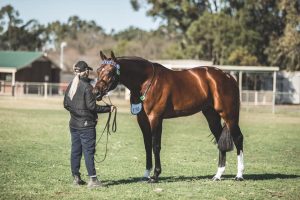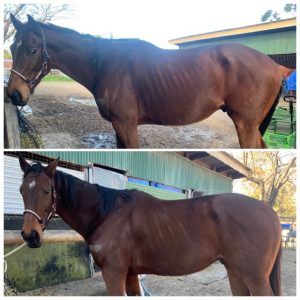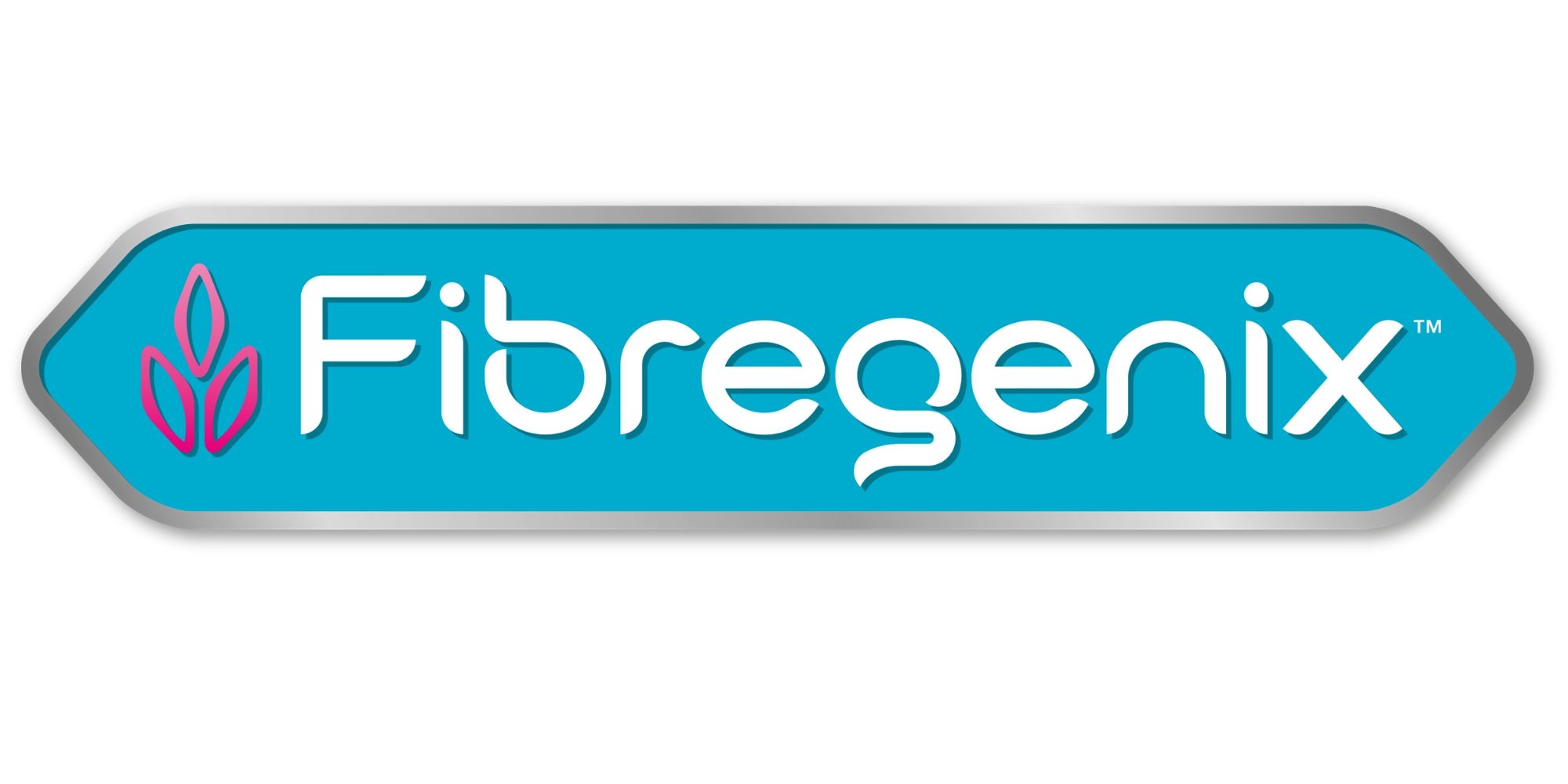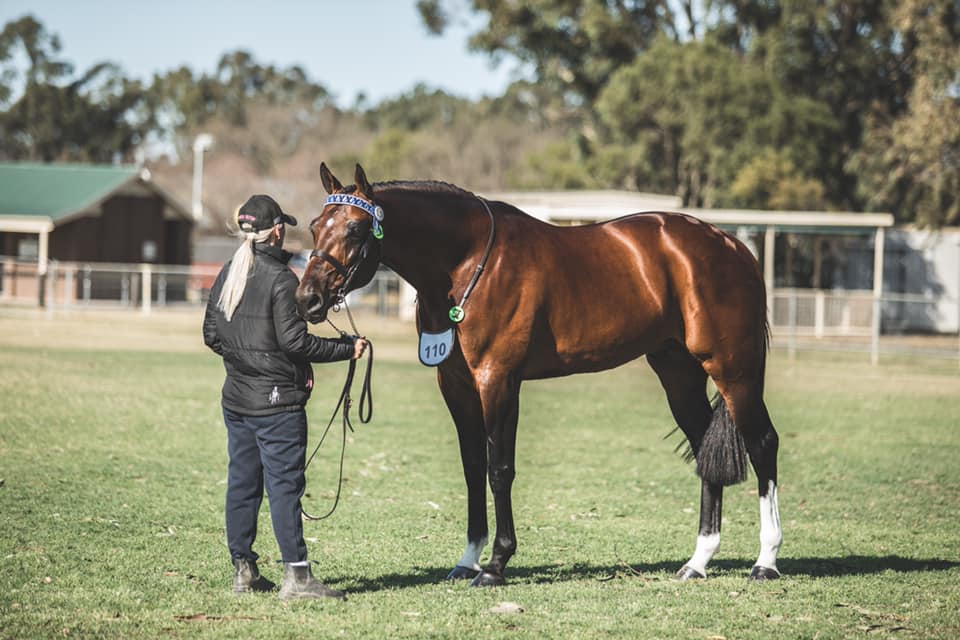Muscle development and promoting topline.
What is topline and why does it matter? Good topline is something most horse owners strive to achieve. It showcases your horse at his very best. A horse also needs good topline and condition to protect his thoracic vertebrae when being ridden. If muscle development and promoting topline is your priority, then the right training and correct diet should be your focus. This will develop the muscles in the neck, over the back and loins and the top of the rump.
How that muscle is distributed across the body is largely genetic. For example, a Quarter Horse has a higher proportion of fast twitch muscles which are bulkier than an Arab. An Arab has more slow twitch muscles. This is why their appearance is quite different with the quarter horse having well-developed gluteal (hind-quarter) muscles.
It’s a fact that some breeds maintain their topline easier than others. A good example of this is ponies, native breeds, stockier cold-blood breeds, and even Arabs. Others can drop quite quickly when they’re put out to spell or workload is reduced. A prime example of this would be thoroughbreds.
Other factors that can affect muscle tone and development are injury, nutrition, age and exercise. A horse that is malnourished will break down muscle to provide fuel for essential body processes. This is why starved horses lack muscle mass as well as fat coverage. Injury can also cause muscle wastage especially if the injury has caused a long-term change in a horse’s way of going.
In addition to this, as horses age, muscle tone declines, often due to a reduction in exercise intensity. Exercise itself has a major impact on muscle tone and topline because the use of that muscle helps develop its strength and function.
The Genetics Factor
Unfortunately, genetics and conformation will always remain the limiting factor. Some horses’ conformation won’t change even with a high protein diet and an intense exercise programme. Remember, the nice, rounded appearance we all get drawn to, particularly the horse’s topline, is comprised of muscle and subcutaneous fat. So it’s important to assess your horse’s overall body condition score as he may just need more calories in his diet.

Smarty. Standardbred owned by Tracey and Tony Mallia. Produced by Lauren Tritton of Tritton Racing, NY
Training for Topline
If you’re the owner of a performance or show horse, you’ll be focussing on muscle development and promoting topline. Working a horse consistently in a way that’ll make him use his muscles correctly is one of the key requirements. We often hear the phrase ‘working the horse over his back’. But that doesn’t necessarily mean endless hours of long and low lungeing. Don’t forget you can also include things such as pole/cavalletti or hill work. In fact, any work that gets a horse to engage his tummy muscles which in turn will lift his back.
If your horse is a pleasure horse in light to moderate work, it can take a while to regain/improve topline. Every horse develops at a different rate, so remember, patience is a virtue. Quick fix practices aren’t going to be your solution in the long run. You may need some expert advice to help you in the right direction.
Nutrition for muscle development and promoting topline
The influence of correct nutrition is all about providing a balanced diet with good quality protein. Protein contains amino acids providing the suitable building blocks for muscle growth, so both protein quality and intake is important. Protein and amino acids have critical roles within the body. These include structural, enzymatic and hormonal roles; the immune system; nutrient transport across membranes and in the blood. Quite a comprehensive list!
NB: there’s currently little evidence supporting feeding high protein supplements or single amino acids on top of an already balanced diet to enhance muscle or topline development.
Protein & the Importance of Amino Acids
Every day, your horse requires a specific amount of essential amino acids contained in the protein he eats. Any protein consumed that’s either indigestible or in excess of requirements, gets excreted in droppings/urine and minimally through sweat.
Part of the muscle-building process is related to the type of protein we give our horses. Why? Because this provides the structure to muscle fibres. The best protein sources will, therefore, be easily digested and include the full range of essential amino acids. Particularly an amino acid called lysine. This is known as the first limiting amino acid required for muscle development. So when you’re looking for protein content in your horse’s feed, you should check out the lysine content on the label.
Ideally, you need to feed enough protein to maintain condition and integrity of the entire system. So, feeding your horse a diet that’s no higher than 12% total protein is a good benchmark to keep. (NB: Total protein refers to overall protein in the diet, not to anyone individual feedstuff as many people think!)
 When you think about it, a combination of muscle and condition can do so much for improving the appearance of any horse. Look at the example left. In the top photo, notice the angular appearance of the rump down to the tailhead, indicating muscle atrophy. Some horses will also display ‘poverty lines’ running down the second thigh which can also indicate a lack of condition. The bottom photo shows a more improved topline outline after just one week on Fibregenix Platinum Pro.
When you think about it, a combination of muscle and condition can do so much for improving the appearance of any horse. Look at the example left. In the top photo, notice the angular appearance of the rump down to the tailhead, indicating muscle atrophy. Some horses will also display ‘poverty lines’ running down the second thigh which can also indicate a lack of condition. The bottom photo shows a more improved topline outline after just one week on Fibregenix Platinum Pro.
Protein Sources
Forages (hay, pasture, haylage etc)
These key components of a horse’s diet can be excellent sources of protein and amino acids. However, forages can also be extremely variable in their nutrient content. The crude protein content of forages is highest when the plant is in a vegetative state of growth. It’s at its lowest when the plant is in a late stage of maturity.
Cereal grains and grain by-product
As well as energy, they provide protein and amino acids as well. Both total trace and small intestinal protein digestion are generally greater for grains than for forages. There may also be some differences between grain species in regard to the site or extent of protein digestion.
Seed Meals
When oil is extracted from the oil seeds of soybean, sunflower, canola etc, the remaining seed meal is a high protein product that’s very useful. Soybean meal, for instance, has an amino acid profile superior to most other seed meals with a protein content of 44-48%. Fibregenix balancers include soybean meal as part of the protein content. Significantly, our customers have noted excellent increases/improvements in topline and muscle development in a relatively short time.
Signs of Protein /Amino acid Deficiency
This isn’t common in horses fed typical diets that provide adequate dietary energy. But depending on the quality of that protein, one or more important individual amino acids may be deficient. Signs of dietary protein deficiency you need to look for include:
- weight loss
- decreased feed intake
- poor hoof and coat quality
- decreased rates of gain in growing horses
- reduced milk production and lower rates of foal growth in lactating mares
Protein & Amino Acid Excess
Feeding protein above the required levels offers no benefits to the horse. Why? Well for a start it’s metabolically expensive. This is because excess nitrogen must be converted into urea for excretion resulting in environmental consequences Secondly, excess protein conversion to urea requires substantial amounts of water excretion. This is why adequate water intake is especially important when high levels of protein is fed.
Thirdly, exercise already results in a decrease in blood PH due to lactic acid production. If muscle PH drops too low and acidosis develops, muscle fatigue will occur. Further reductions in blood PH from excessive protein intake could interfere with anaerobic energy production. The result of this would also exacerbate the onset of fatigue. Additionally, if your horse has compromised liver or kidney function, excess amino acid intake may be hugely detrimental.
Protein and The Calcium Link to Tying Up
When your horse is under strenuous exercise, higher glucose levels are needed to fuel the muscles. Higher glucose levels also delay the onset of lactic acid build-up in the muscles and blood. Too much lactic acid causes the muscles to lose their ability to contract and relax properly. In this state, the muscles stay contracted – also known as “tying up”.
According to research performed at Colorado State University and in Sweden, excess dietary protein decreases T4 thyroid hormone levels. Optimum T4 levels are necessary for horses to metabolize glucose (blood sugar) properly. Higher magnesium levels were found to increase the production of T4. Hence, magnesium is an essential mineral to relax the muscles after the contraction phase. However, from a mineral balance perspective, magnesium can be depleted by too much calcium intake. High calcium levels are found in a commonly fed forage ie Lucerne, a well-documented a source of digestible protein. Therefore over- feeding lucerne is generally not recommended.
Dr Karen Hayes, D.V.M., who wrote Modern Horse Breeding, states:
“Under no circumstance should the amount of Lucerne in your horse’s diet ever exceed 40% (by weight). Any more than that and you are risking the perils of excess protein and excess calcium, both of which can do some unbelievable damage. If your horse’s ration consists of 100% alfalfa, he may look healthy, but that does not mean it isn’t taxing his system.”
Another interesting study showed that increased oestrogen depletes magnesium. Mares and fillies tend to tie up more frequently on high lucerne diets as oestrogen is increased during their heat cycles.
Conclusion
Muscle development and promoting topline is a combination of good training and diet. Horses can generally tolerate high levels of protein in the diet. Problem is, it’s a costly part of the diet and depending on the source, can have some detrimental effects on your horse.
Checking the protein intake in your diet is a relatively simple thing made even easier with a Fibregenix diet review. We’re here to take the stress out of your decision-making process so contact us now.
Reviewed February 2024

